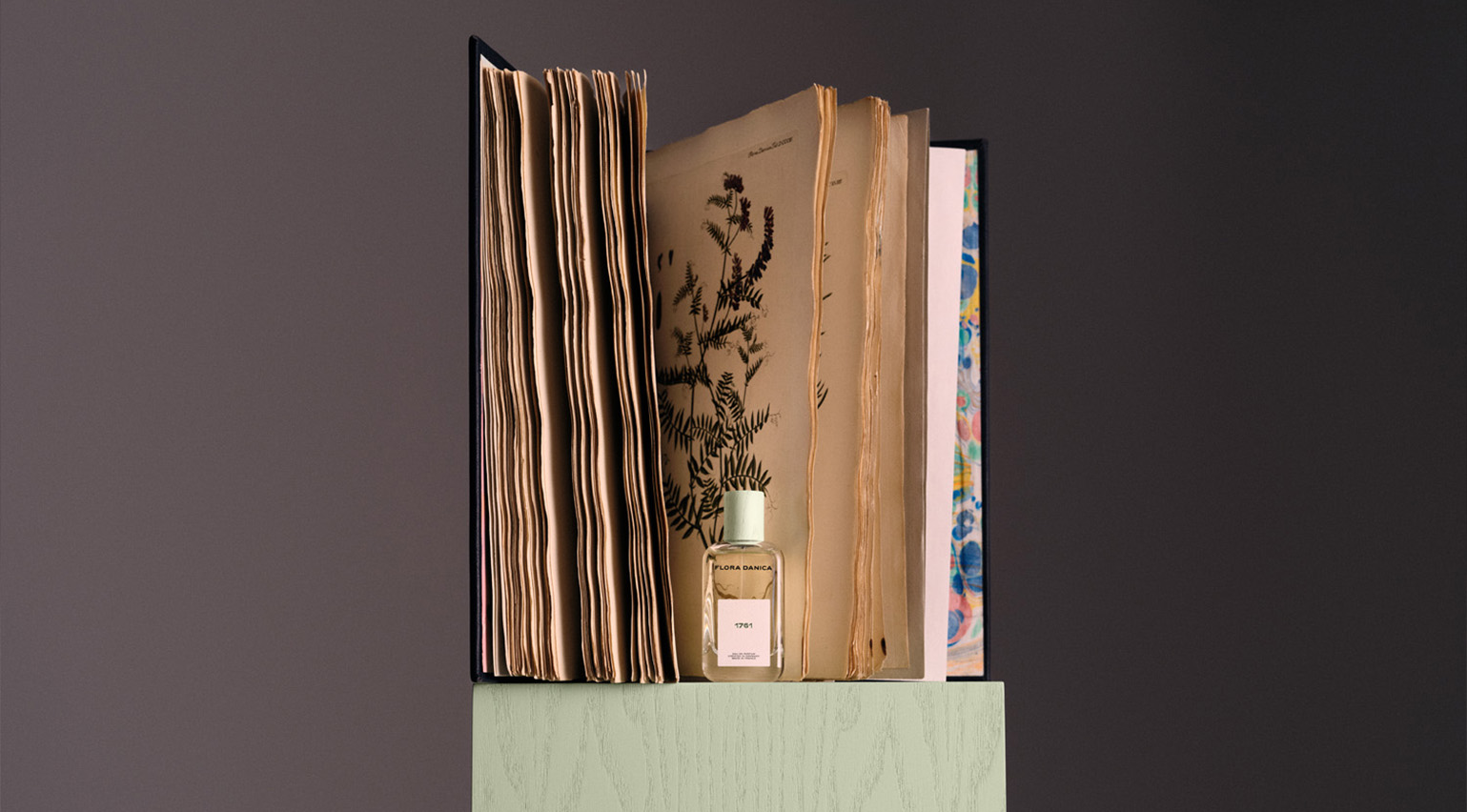Introducing Flora Danica, a new Danish perfume house bottling the philosophy of hygge
Flora Danica is a newly launched fragrance house rooted in Danish culture both past and present
Flora Danica is a new Danish perfume house rooted in the natural world and the Nordic philosophy of hygge. Crafted in Denmark and produced in France, the brand has taken the expertise of three of Europe’s premier noses – Olivier Cresp, Nathalie Lorson and Ilias Ermenidis – to produce a thoughtful debut collection of four scents celebrating a oneness between humanity and nature.
‘In Denmark, we enjoy our nature in its raw and untamed form,’ Michael Shin, Flora Danica’s brand director tells Wallpaper*. ‘The brand’s vision of nature is less romantic, more graphic.’
Flora Danica is a new Danish perfume house rooted in the philosophy of hygge
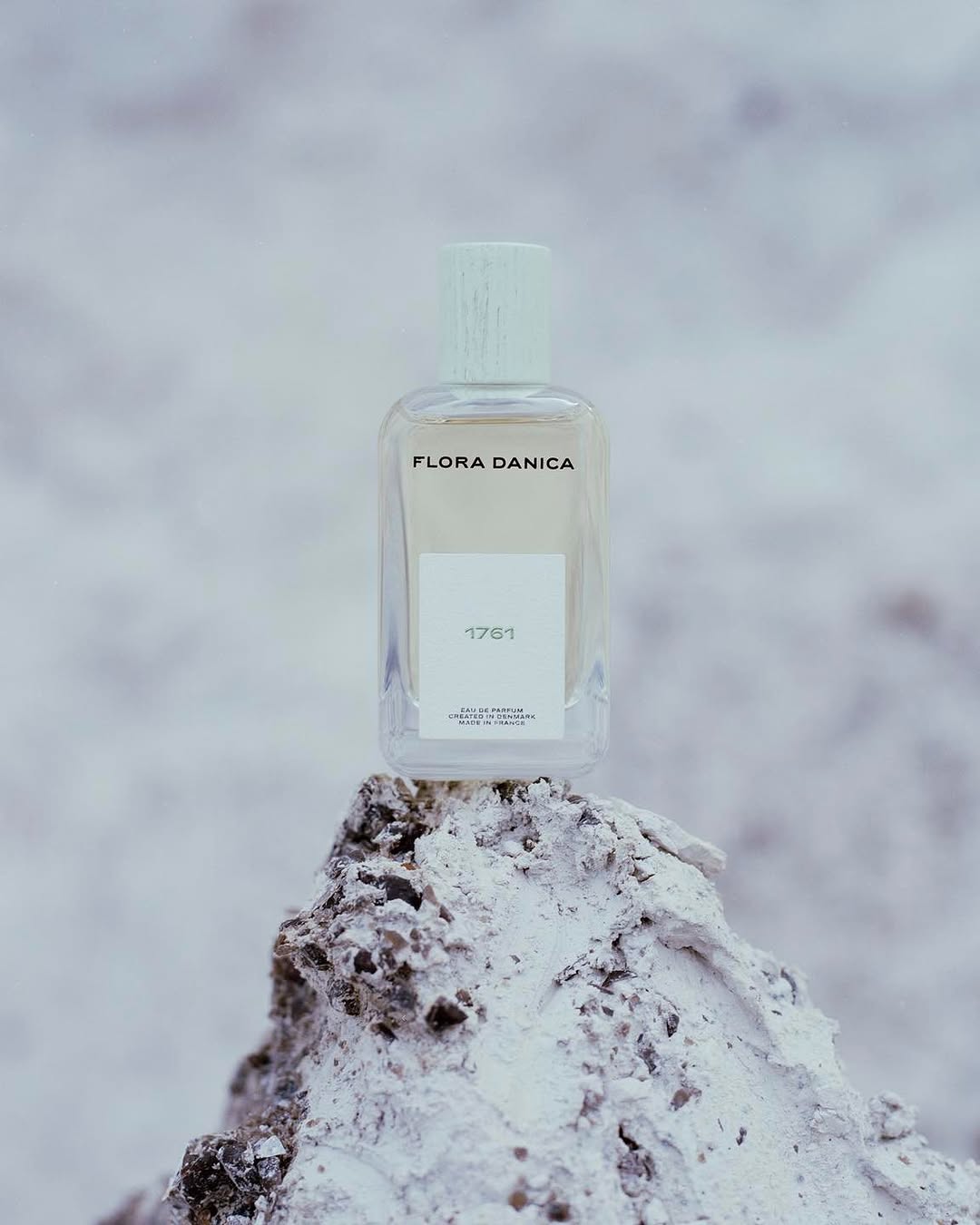
Flora Danica’s ‘1761’ perfume
This outlook is perhaps best exemplified by the scent ‘1761’. Like eating a pastry on a wild walk in a moody, mulchy forest, top notes of citrus and cardamom give way to something much deeper, darker and woodier.
‘Flower Muse’ blends jasmine tea, white poppy, sweet pea and iris, whereas ‘Amber Echo’ brings together ginger, carrot seeds, angelica and frankincense. Finally, ‘Soul Garden’ is an enveloping mix of verbena, honey elderflower and vetiver counterbalanced with an amber gourmand accent.
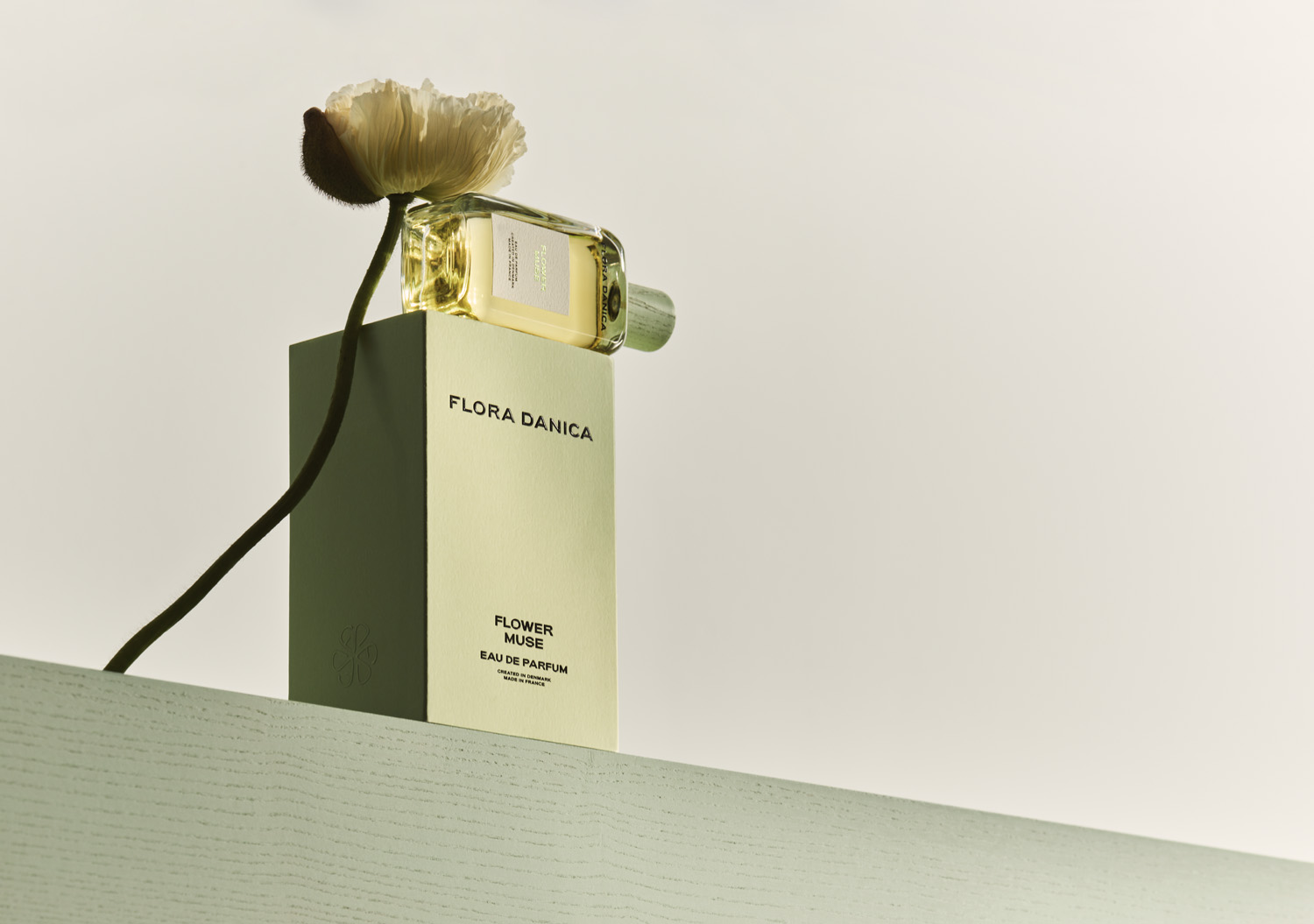
Flora Danica’s ‘Flower Muse’ perfume
The house takes its name from an important relic from Denmark’s history, the Flora Danica. This atlas of botany, written between 1761 to 1883, catalogues the diverse flora of the Danish kingdom across 54 illustrated volumes. Certainly, this marriage of history and contemporary Nordic values is a beguiling starting point from which to build a fragrance house.
‘Danish design is about the combination of elevated aesthetics, minimalism and functionality,’ says Shin. ‘We have tried to incorporate this vision, whilst also creating a contemporary identity to a piece of Danish national heritage. It’s about a juxtaposition of modernity with a certain depth and confidence, without being “over the top” or dusty.’
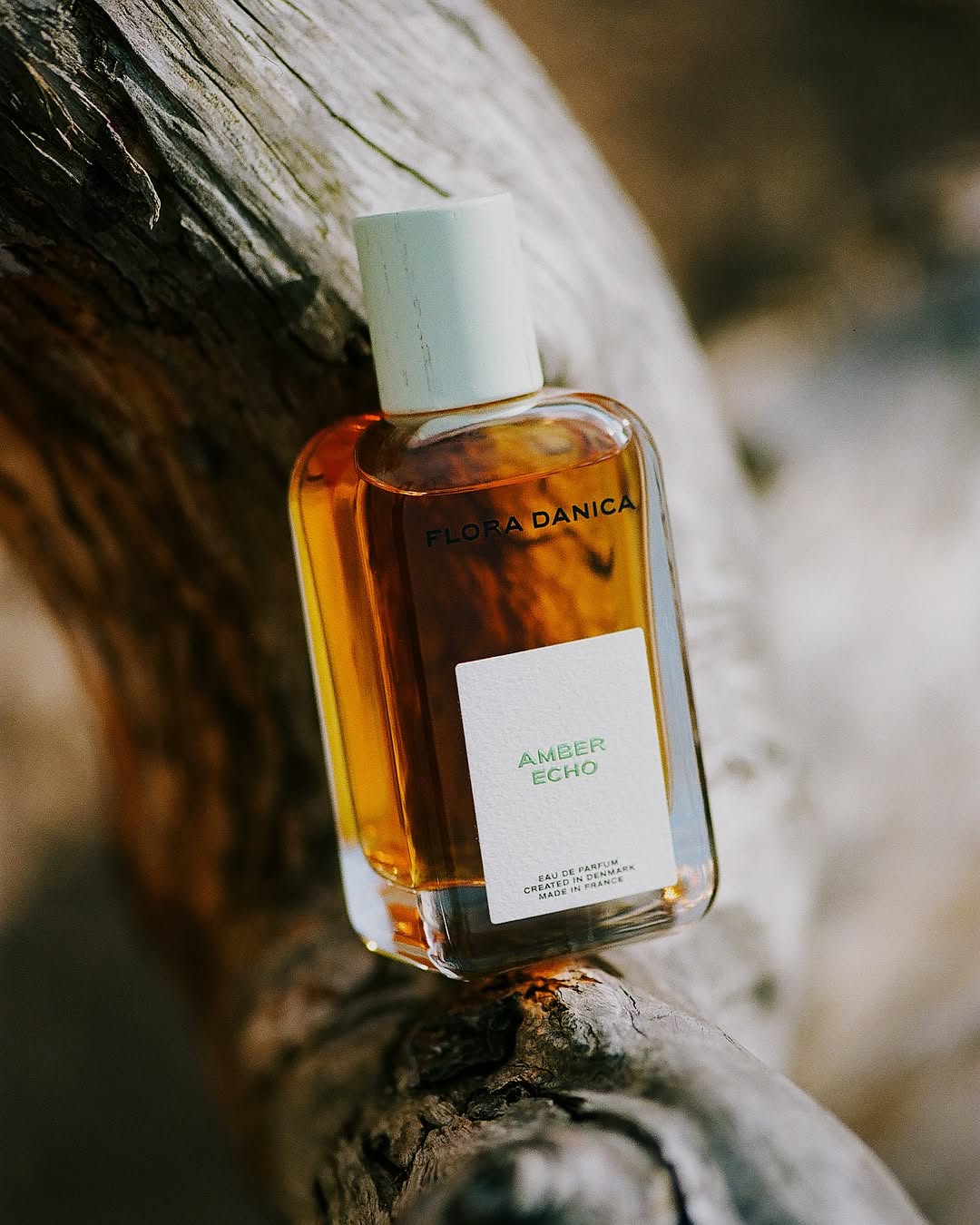
Flora Danica’s ‘Amber Echo’ perfume
As essential to the Nordic way of life then as it is now, a closeness to nature is at the very heart of the brand, extending from production to branding and beyond. Combining elegant pistachio green as its signature colour with bold sans serif typography – and using organic materials such as paper and wood in its packaging – the house has the characteristics of the inviting yet elevated pragmatism that makes the Scandinavian style so beloved.
Wallpaper* Newsletter
Receive our daily digest of inspiration, escapism and design stories from around the world direct to your inbox.
‘The choice of four fragrances, just like the four seasons, was conscious,’ Shin notes. ‘We would like to build the brand gradually and had we launched with more creations from the start, it would have meant producing more and using more resources, which we did not want to do.’ Flora Danica perfumes have a high percentage [up to 92%] of ingredients sourced from natural origins. The bottles are refillable and use FSC-sourced paper as a secondary packaging material. ‘We, as Danes, try to make responsible choices when we consume,’ Shin notes.

Flora Danica’s ‘Soul Garden’ perfume
The process of launching the brand was a journey of discovery, not least for perfumers Crisp, Lorson and Ermenidis, who each brought a unique set of expertise to the brand whilst also taking the opportunity to learn more about Danish cultural identity. But also for Shin, with the Flora Danica encyclopaedia a constant touchpoint throughout. ‘We learnt that the story of Flora Danica is one of generosity, endurance, artistry and courage,’ he says.
‘When King Frederik V commissioned it, he did so to educate his people. It was financed by his personal, not public, budget,’ Shin continues. ‘At the time, the kingdom was much bigger, so researchers had to travel far, often facing dangers, to discover new species. When you look at its illustrations, they depict the flora in its entirety from root to top, not just showing the beautiful parts. To have them printed in colour, not only in black and white, was a remarkable feat of artistry at the time.’
A photo posted by on
For a tiny country with a population of not quite six million, it’s safe to say that Denmark’s impact on global culture is almost disproportionately immense: we want to dress like the Danes, eat like the Danes and live like the Danes. Copenhagen now rivals Paris or London regarding the city’s aesthetic influence, and also perhaps for its thoughtful way of living; a way of living that Flora Danica has now bottled in its fragrances.
India is a writer and editor based in London. Specialising in the worlds of photography, fashion, and art, India is features editor at contemporary art and fashion bi-annual Middle Plane, and has also held the position of digital editor for Darklight, a new-gen commercial photography platform. Her interests include surrealism and twentieth century avant-garde movements, the intersection of visual culture and left-wing politics, and living the life of an eccentric Hampstead pensioner.
-
 Beach chic: the all-new Citroën Ami gets an acid-tinged, open-air Buggy variant
Beach chic: the all-new Citroën Ami gets an acid-tinged, open-air Buggy variantCitroën have brought a dose of polychromatic playfulness to their new generation Ami microcar, the cult all-ages electric quadricycle that channels the spirit of the 2CV for the modern age
-
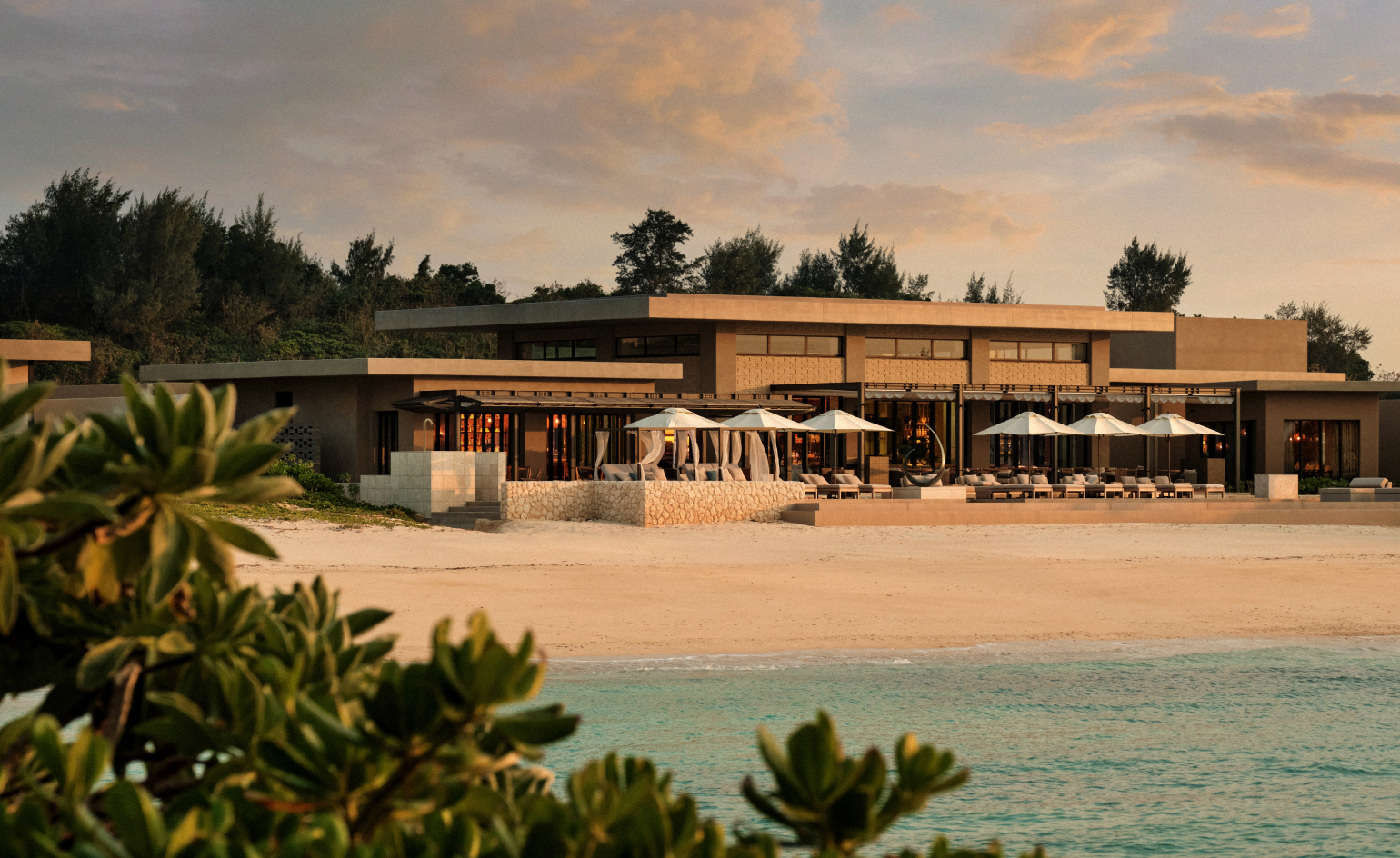 Wallpaper* checks in at Rosewood Miyakojima: ‘Japan, but not as most people know it’
Wallpaper* checks in at Rosewood Miyakojima: ‘Japan, but not as most people know it’Rosewood Miyakojima offers a smooth balance of intuitive Japanese ‘omotenashi’ fused with Rosewood’s luxury edge
-
 Thrilling, demanding, grotesque and theatrical: what to see at Berlin Gallery Weekend
Thrilling, demanding, grotesque and theatrical: what to see at Berlin Gallery WeekendBerlin Gallery Weekend is back for 2025, and with over 50 galleries taking part, there's lots to see
-
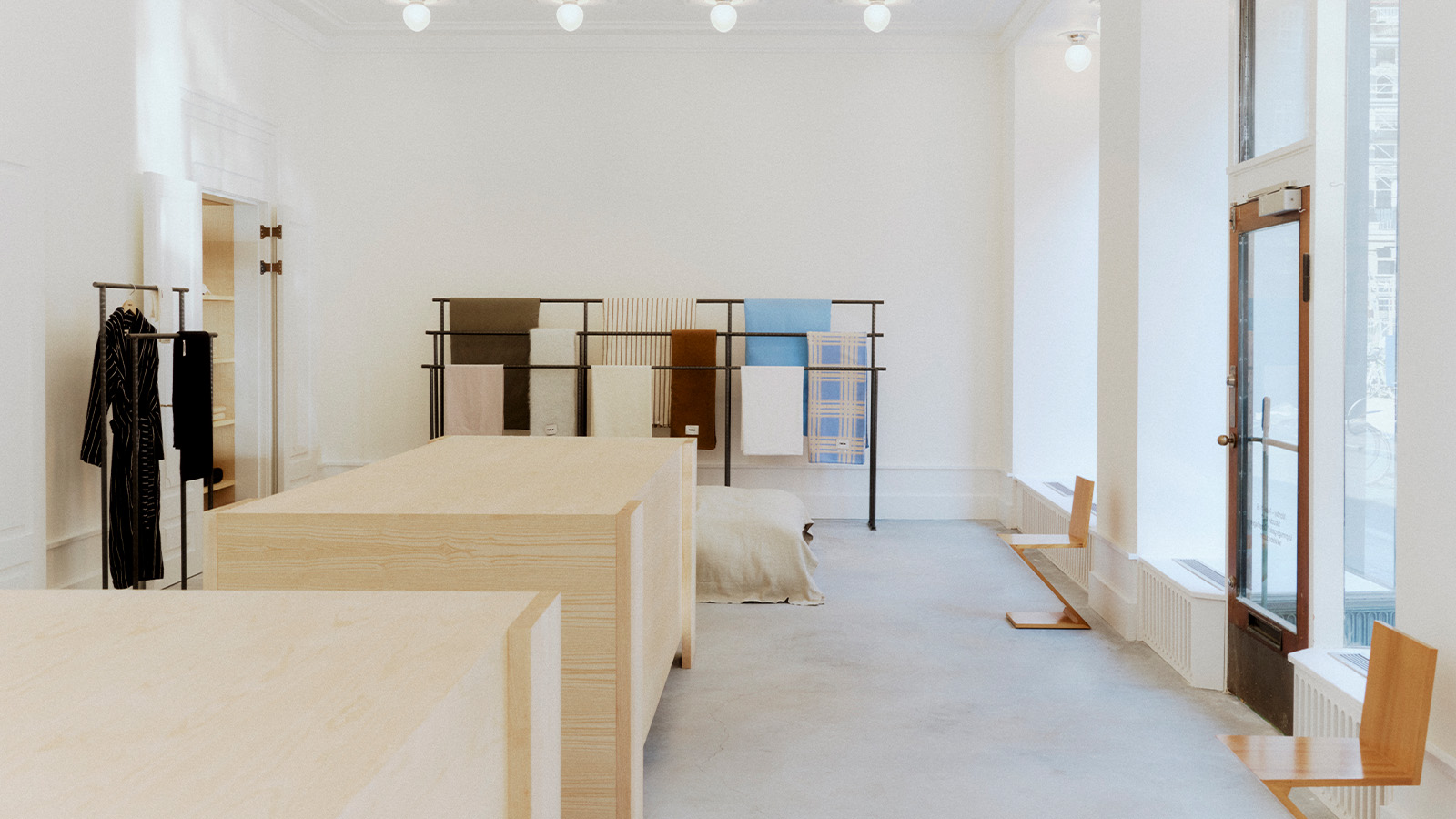 A guide to the best fashion stores Copenhagen has to offer
A guide to the best fashion stores Copenhagen has to offerWallpaper* picks the must-visit fashion stores in Copenhagen – from big-name boutiques and historic department stores to local labels and the best in second-hand, each presenting a fresh take on Danish design
-
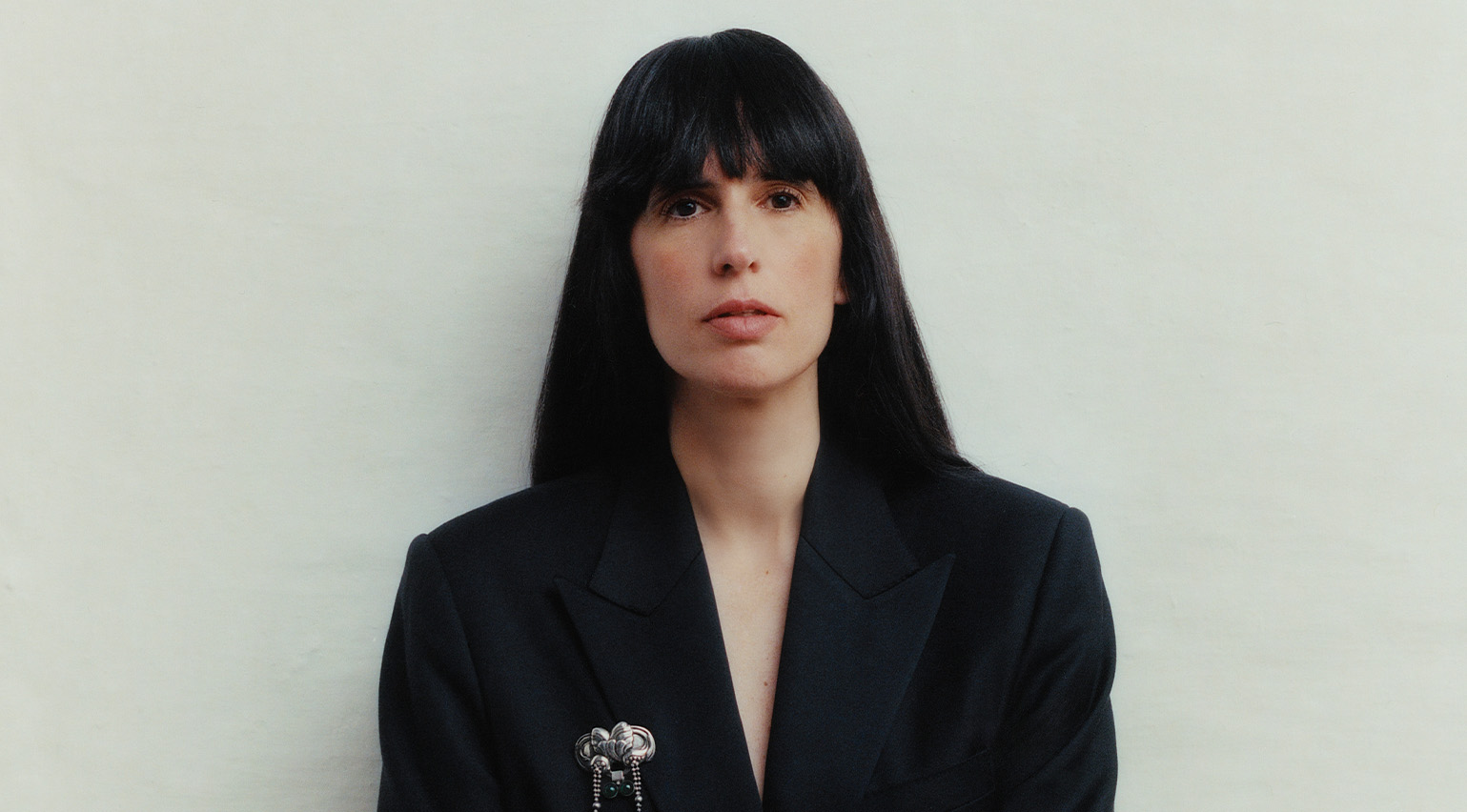 ‘120 years of artistry, of character’: How Paula Gerbase is breathing new life into historic Danish design house Georg Jensen
‘120 years of artistry, of character’: How Paula Gerbase is breathing new life into historic Danish design house Georg JensenPaula Gerbase, the newly instated creative director of Georg Jensen, speaks to Wallpaper* about bringing the 120-year-old silversmith into a new era
-
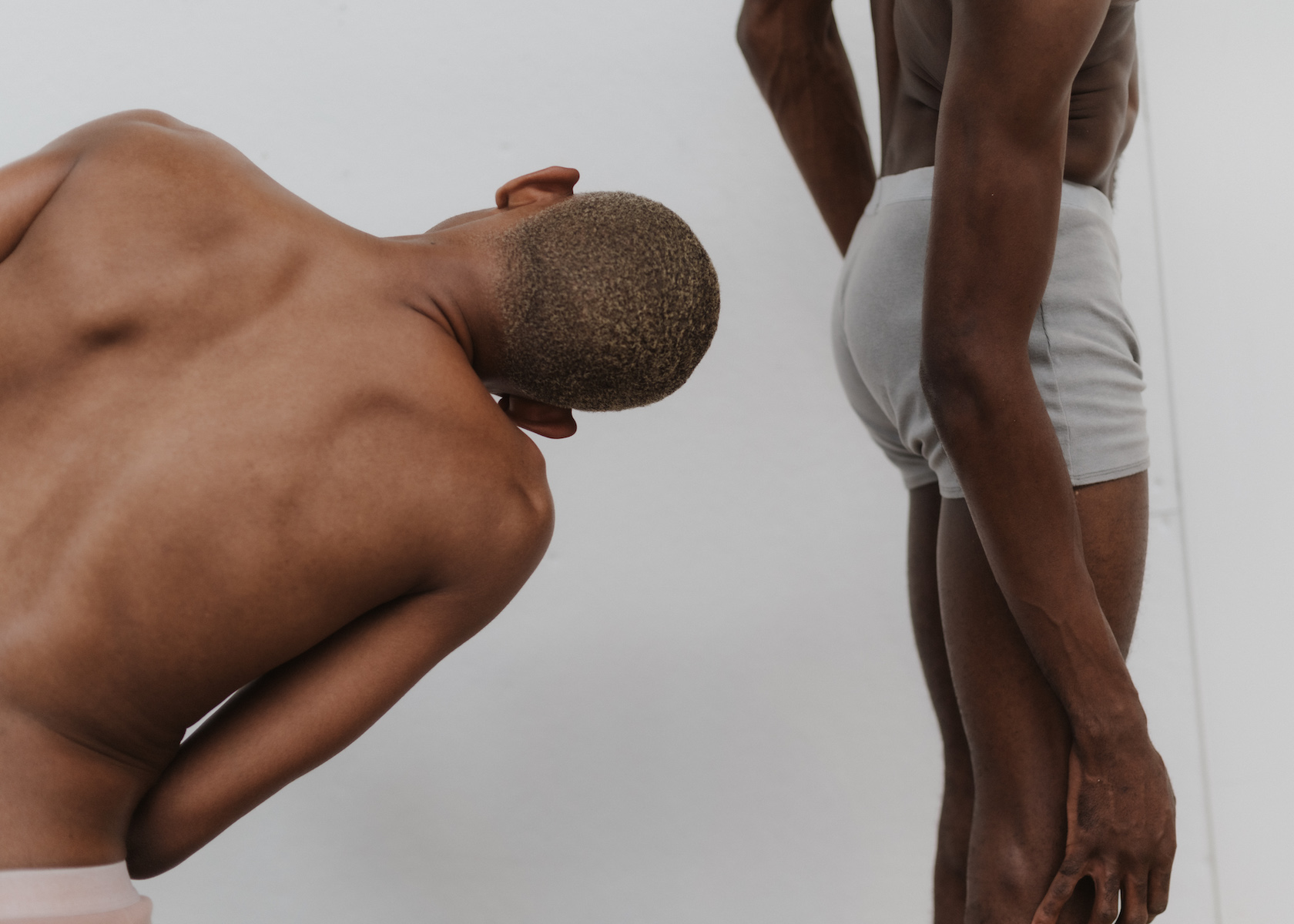 ‘It’s a human story’: Baserange is creating underwear for real bodies
‘It’s a human story’: Baserange is creating underwear for real bodiesAs Copenhagen-based brand Baserange reaches ten years – and adds menswear and homeware to its offering – we catch up with the founders about their non-conformist approach to body- and underwear
-
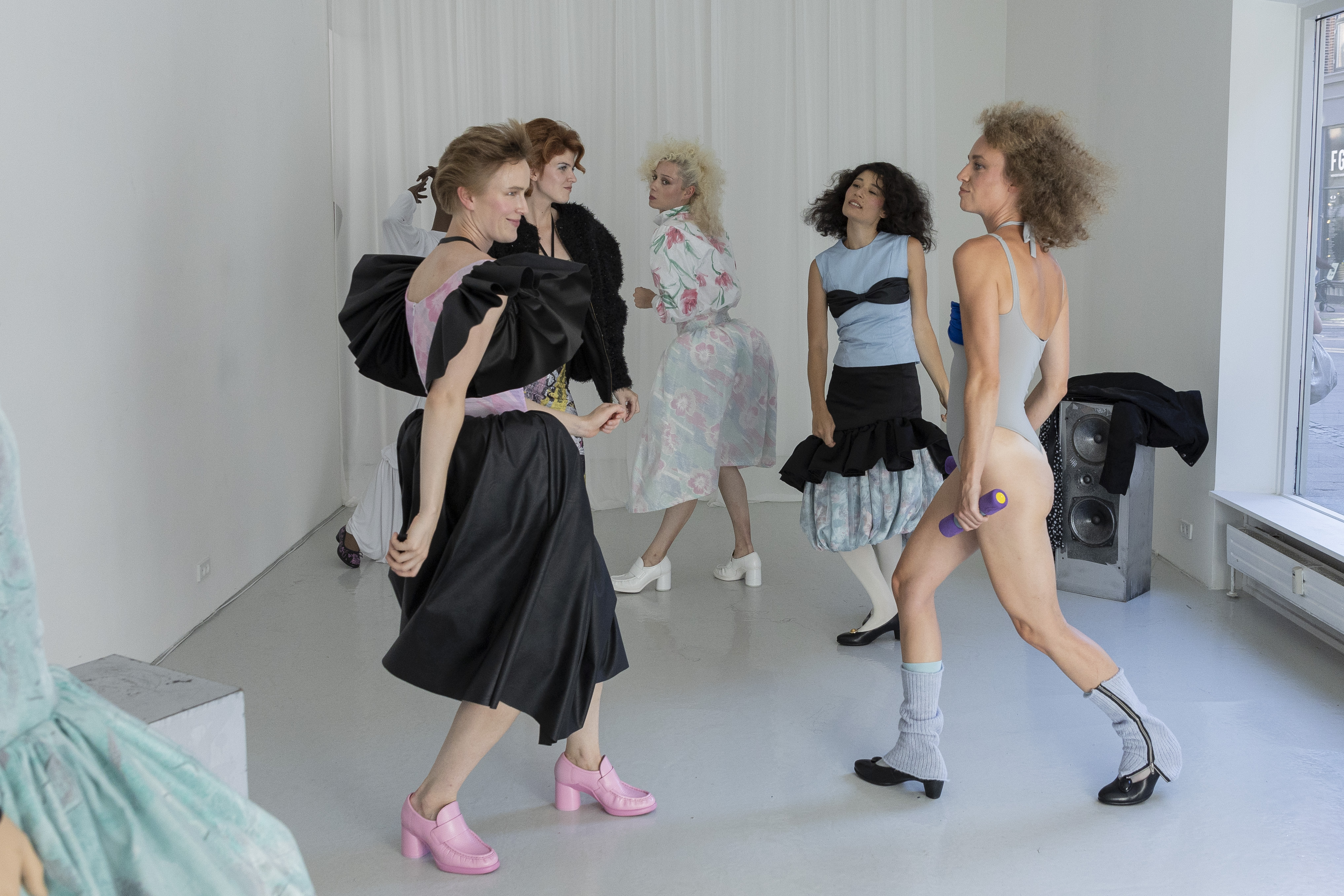 Five emerging Copenhagen Fashion Week designers to have on your radar
Five emerging Copenhagen Fashion Week designers to have on your radarNicole DeMarco picks five on-the-rise designers to watch from Copenhagen Fashion Week S/S 2025, which took place in the Danish capital earlier this month
-
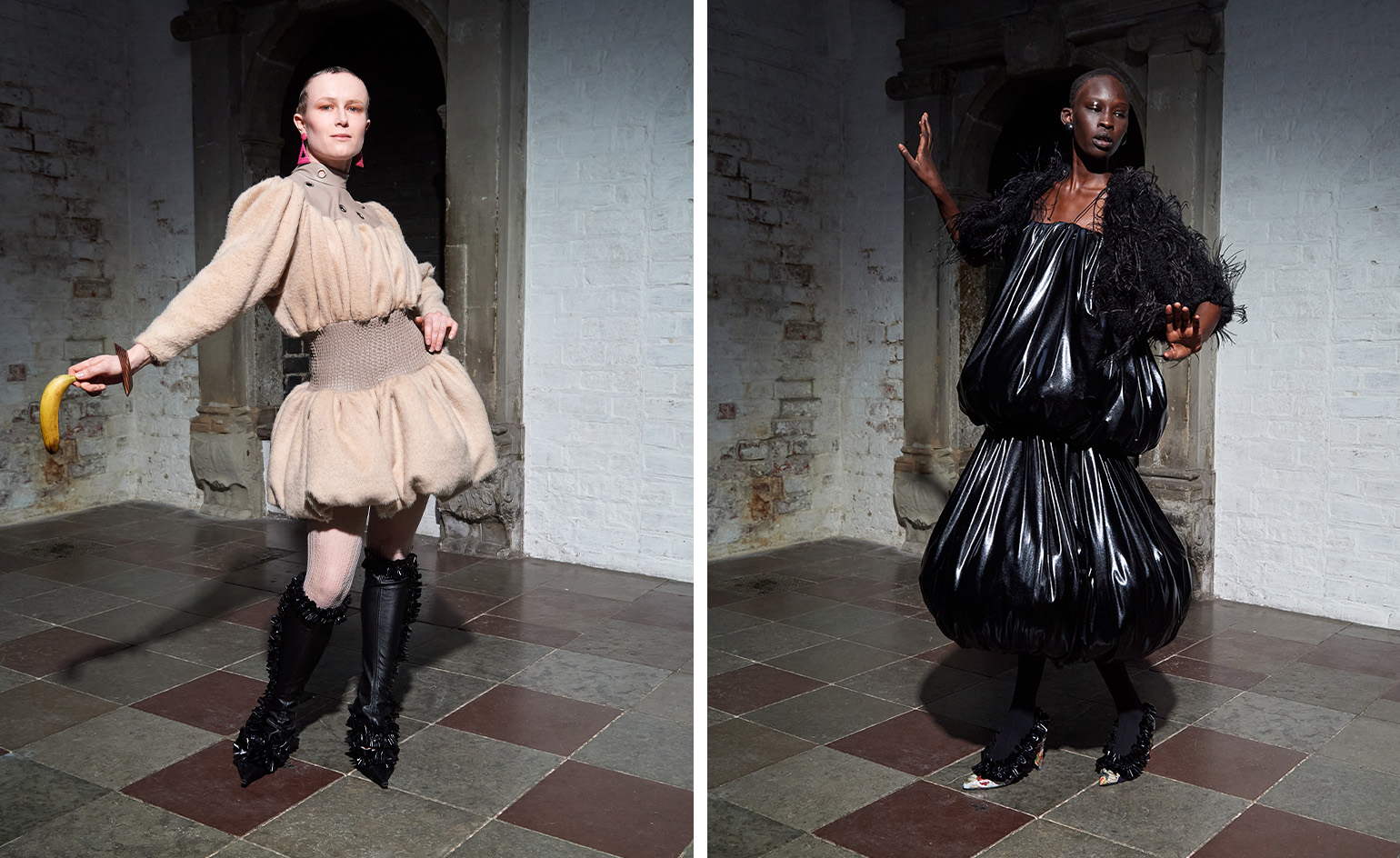 Nicklas Skovgaard is the Copenhagen-based designer spearheading a 1980s fashion revival
Nicklas Skovgaard is the Copenhagen-based designer spearheading a 1980s fashion revivalChosen by Wallpaper* in January as a fashion star to watch, Scarlett Conlon travels to Copenhagen to meet Nicklas Skovgaard, an on-rise-designer whose warped partywear is inspired by outré 1980s style codes
-
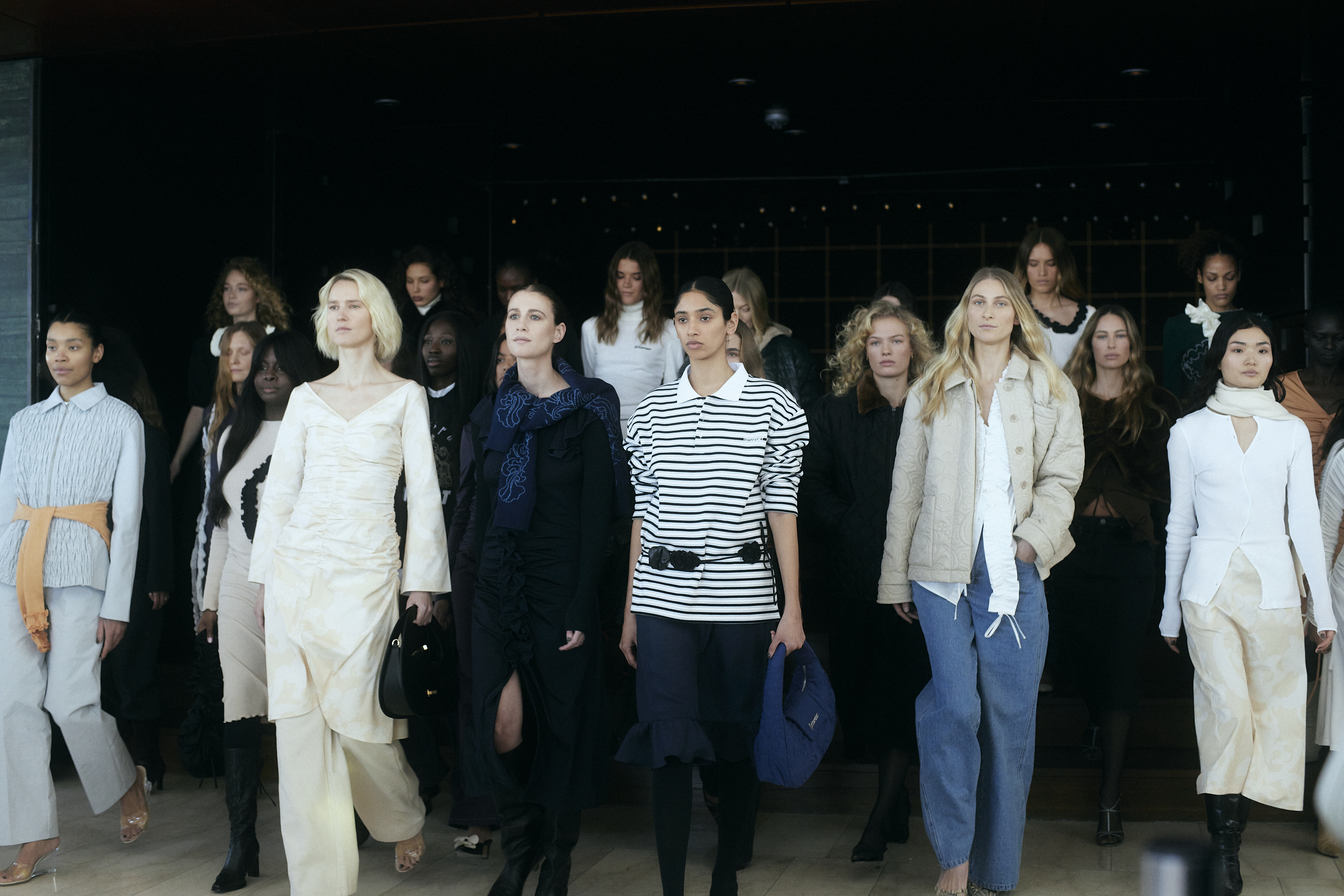 Copenhagen Fashion Week A/W 2024: the key shows and takeaways
Copenhagen Fashion Week A/W 2024: the key shows and takeawaysScarlett Conlon reports from Copenhagen Fashion Week A/W 2024, where the event’s sustainable credentials met creative and pragmatic collections from the locale’s eclectic designers
-
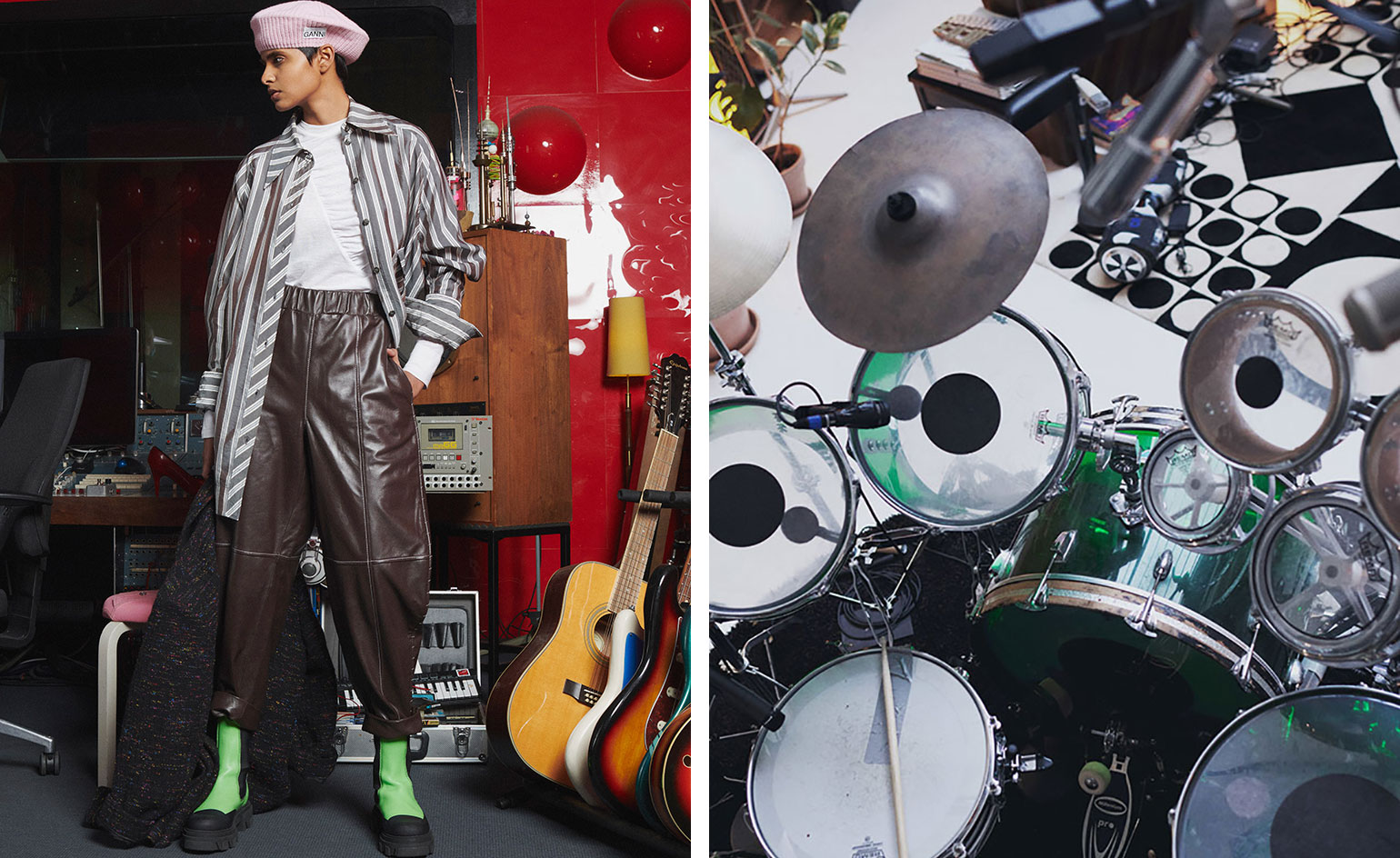 Ganni gets its groove on for A/W 2021
Ganni gets its groove on for A/W 2021The Copenhagen label streams ‘Ganni Love Forever', an uplifting live digital experience, in lieu of a physical fashion show
-
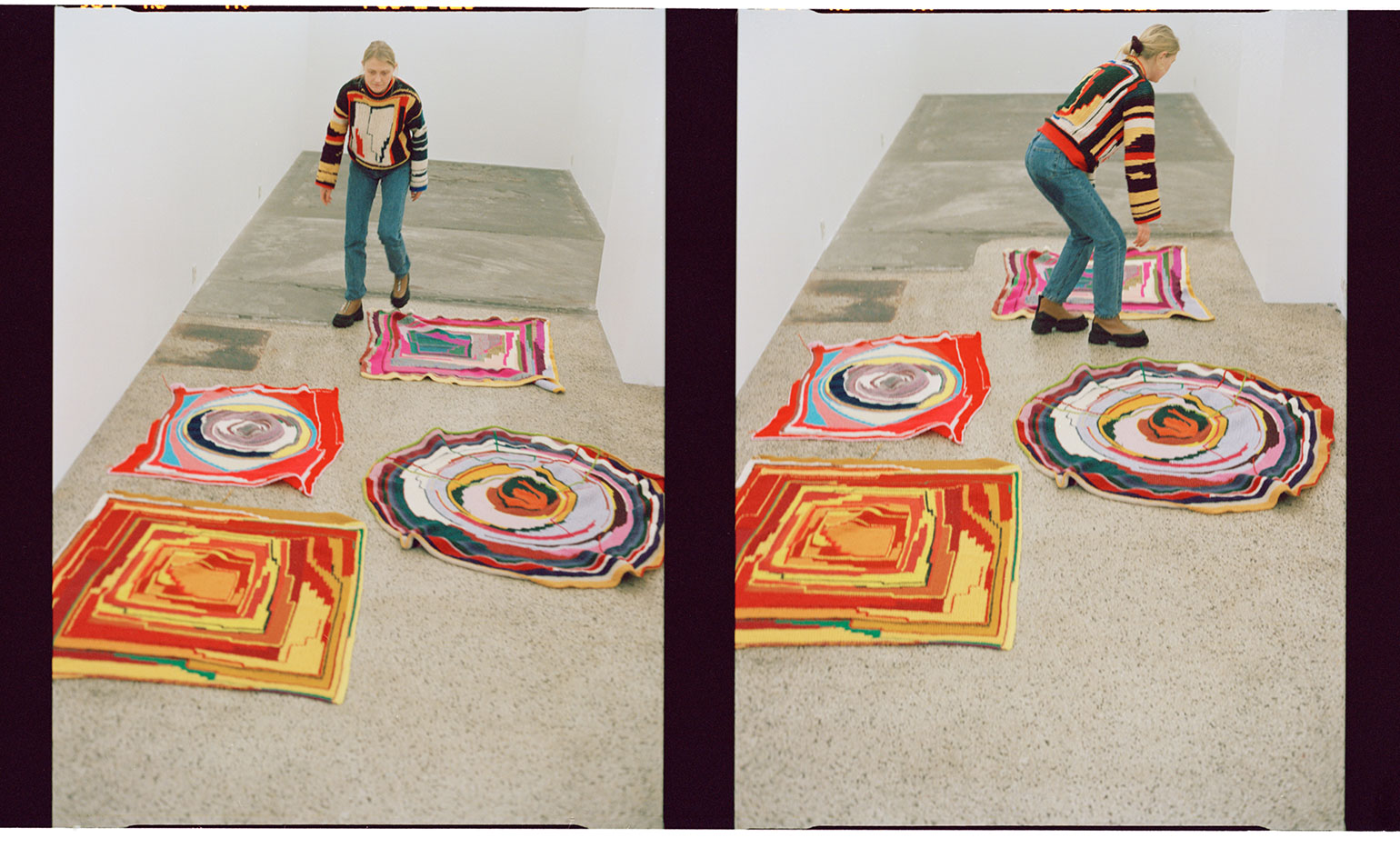 The Danish chef-turned-crochet designer you need to know now
The Danish chef-turned-crochet designer you need to know nowAs Copenhagen Fashion Week kicks off online for A/W 2021, we celebrate the work of crochet designer Lulu Kaalund, who has created pieces for Ganni and Soulland
